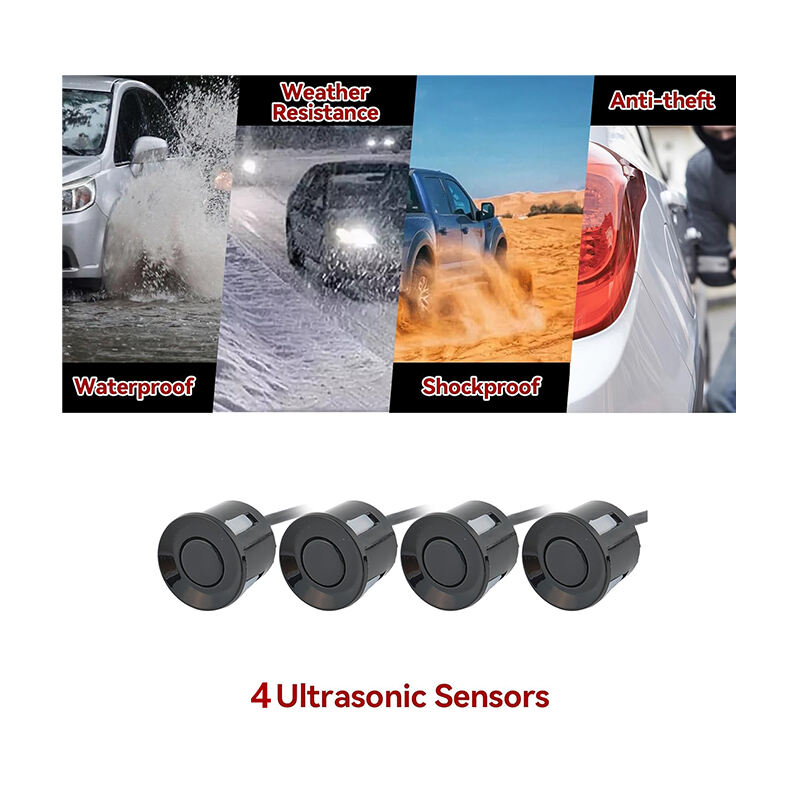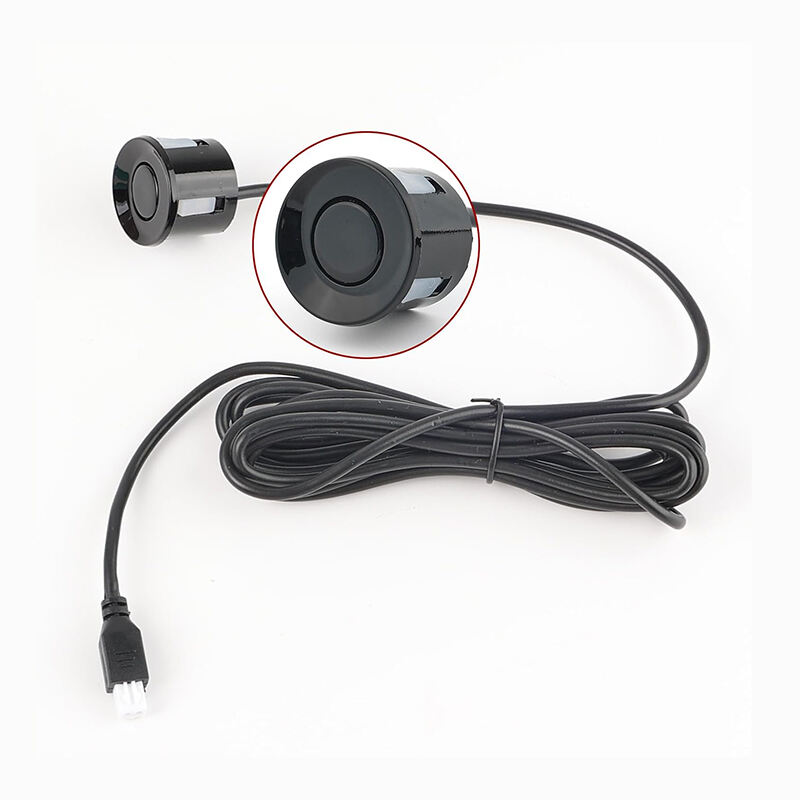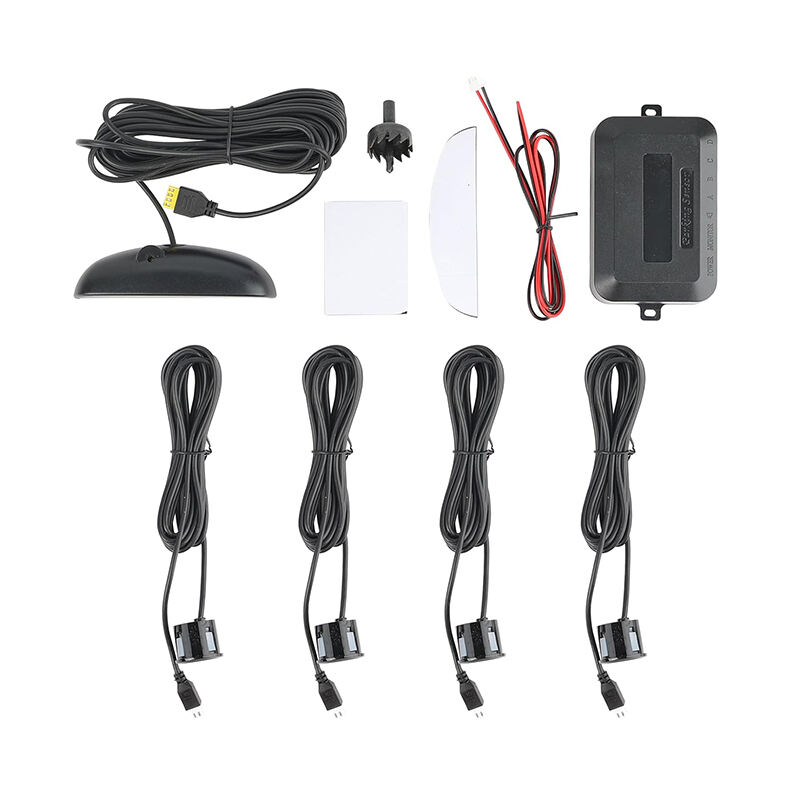машинaning паркингига юз берувчى сенсор
Mashina park etish uchun yaqinlik sensori, haydovchilarga transport vositasini turli joylarda turuvchi joyga xavfsiz ravishda kirgizishda yordam beradigan mustaqillik elektron qurilmadan iborat. Ushbu sofistike qurilma ultrasayla yoki elektromagnit texnologiyasidan foydalanib, eng yaxshisi va masofalar orasida mashina va uning qo'shimcha ob'ektlar orasidagi masofalarni aniqlaydi. Sensor eng yaqin ob'ektlardan qaytgan tolqinlar yordamida haqiqiy vaqtda to'g'ri masofalarni hisoblaydi. Muassar yaqinlik sensorlari umumiy holatda mashinaning bir nechta tomonida aniqlash nuqtalari bilan taminlangan, shu jumladan oldindagi bumper, orqa bumper va janb panel, mashina egasi uchun komprehensiv fazoviy shuksiyani ta'minlaydi. Ushbu sensorlar mashina kompyuter tizimiga oson ravishda integrallashtirilgan va haydovchilarga kengash ekranlari yoki maxsus ekranlar orqali ko'rinish va eshitish ortiqcha ma'lumotlarni taqdim etadi. Tizimni aniqlash masofasi 0,1 dan 2,5 metrgacha miqdorda bo'lib, murakkab ishoralarning yoki qarorli ob'ektlar orqali aniqlash imkoniyati ham mavjud. Sofistike modellari parallel park etish yoki yoqilgan joylarga qaytarish jarayonida xavfsizlikni oshirish uchun statik va harakatli ob'ektlar orasidan farqlash algoritmalarini o'z ichiga oladi. Ushbu texnologiya faqatgina ishlash davomida ishonchli ishlashni ta'minlash uchun avtomatik aniqlash mekanizmalari va o'z-o'zini diagnostika qobiliyatiga ega.


